Maintaining optimal functionality is essential for any travel trailer, particularly when it comes to the waste management system. Among the myriad of components in a trailer, the black tank requires attention not only to ensure effective waste storage and disposal but also to prevent unwanted issues such as leaks and malfunctions. This article delves into the intricacies of supporting a black tank on a travel trailer, offering detailed insights, best practices, and troubleshooting tips to enhance your RV experience.
Understanding the Black Tank
Before delving into the support mechanisms for a black tank, it is crucial to understand its composition and function. The black tank serves as the repository for sewage and wastewater generated from toilets in your travel trailer. Typically constructed from durable plastic, these tanks come in various sizes to accommodate different models of RVs. Understanding the challenges and common issues associated with black tanks will help in implementing effective support strategies.
Common Issues with Black Tanks
| Issue | Description | Solutions |
|---|---|---|
| Leaks | Cracks or holes that allow waste to escape, leading to odors and unsanitary conditions. | Regular inspections, sealant use. |
| Clogging | Blockages in the plumbing system can lead to inadequate drainage. | Avoid flushing non-biodegradable items. |
| Odors | Foul smells from the tank can permeate the RV. | Utilize enzyme treatments, proper ventilation. |
| Inefficient Emptying | Inability to fully drain the tank, resulting in residual waste. | Use a high-quality sewer hose and ensure proper alignment. |

Essential Support Structures
Supporting a black tank goes beyond mere physical support. A well-supported black tank ensures ease of use, prevention of leaks, and overall system longevity. Here are critical support systems to consider:
1. Frame and Mounting Support
The black tank must be mounted securely to the travel trailer frame. Consider the following practices:
- Bracing with Straps: Use high-strength, corrosion-resistant straps to secure the tank in place. This helps minimize movement during travel, preventing potential damage from vibrations.
- Frame Bolts: Tighten frame bolts regularly to maintain structural integrity. Additionally, inspect for signs of corrosion or wear that may compromise support.
2. Tank Level Considerations
Proper leveling plays a pivotal role in ensuring efficient waste drainage. Here’s how to maintain optimal tank levels:
- Monitor Weight Distribution: Heavy items should be placed over the axles. An uneven load can lead to improper tank alignment, causing potential leaks.
- Use Bubble Levels: Employ a bubble level when parking to ensure your trailer is evenly positioned.
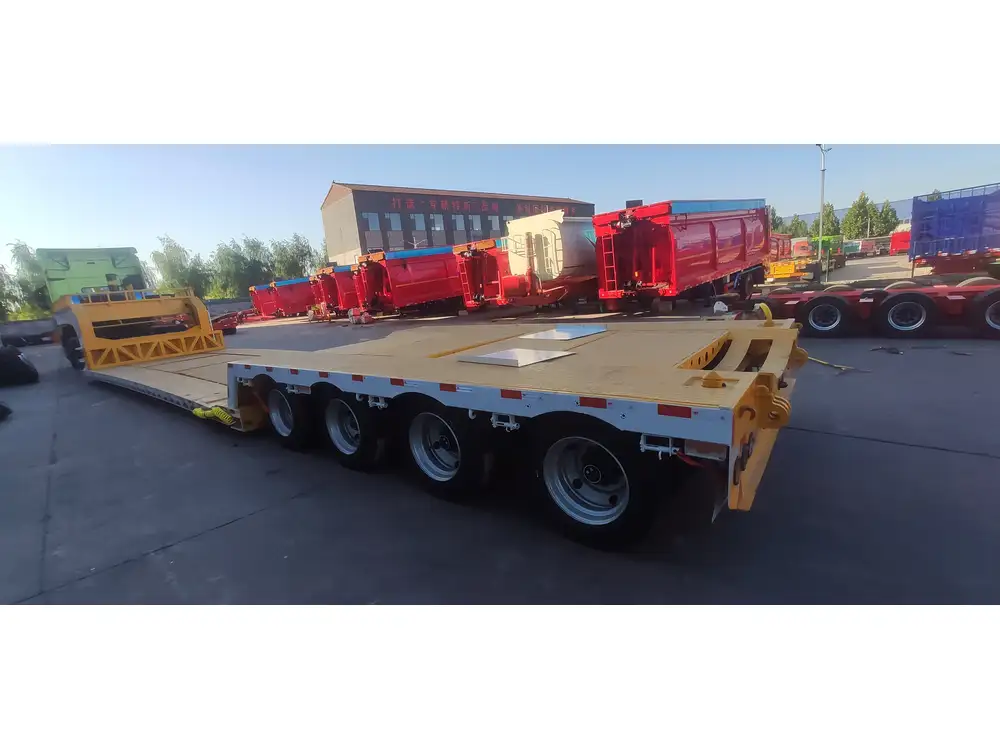
3. Ventilation System
A well-designed ventilation system is critical for preventing odor buildup and ensuring efficient waste management. Implement the following strategies:
- Install a Vent Cap: Ensure that your black tank has a vent cap installed to allow gases to escape while preventing debris from entering the system.
- Regular Cleaning: Periodically inspect and clean the vent pipes to prevent clogs caused by debris or residues.
Maintaining Your Black Tank Support
Once you have successfully implemented a solid support system for your black tank, maintenance becomes essential to ensure long-term functionality. Here are some effective maintenance strategies:
Regular Inspection Routine
Establish a routine to inspect all components associated with the black tank:
- Check for Cracks and Wear: Inspect the tank and its mounting hardware for signs of aging or damage that may impede functionality.
- Monitor Connection Points: Periodically examine the connections between the tank and the plumbing system, ensuring there are no leaks or loose fittings.
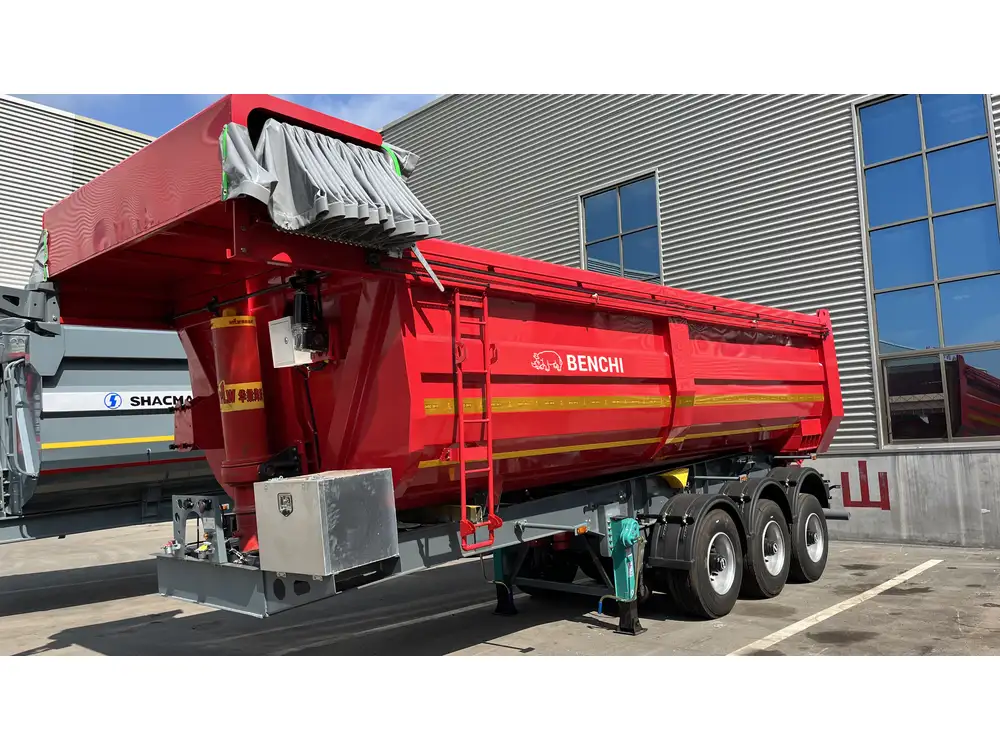
Periodic Cleaning
Regular cleaning of the black tank is necessary to prevent odors and ensure efficient drainage:
- Empty the Tank Completely: Use a high-quality sewer hose to drain the tank fully at designated dump stations.
- Flush the Tank: Implement a tank-flushing system if available. If not, pour a mixture of water and cleaning solution into the tank to break down residues.
- Use Enzyme Treatments: Adding enzyme digesters can help mitigate odors and assist in the breakdown of waste.
Troubleshooting Black Tank Issues
Understanding the troubleshooting steps can save time and prevent complications. Let’s explore common issues and their solutions:
1. Addressing Leaks
- Identify Source: Conduct a thorough inspection to pinpoint where the leak originates, be it the tank itself or connection points.
- Sealant Application: Use specialized products designed for plastic repairs to patch minor cracks effectively.
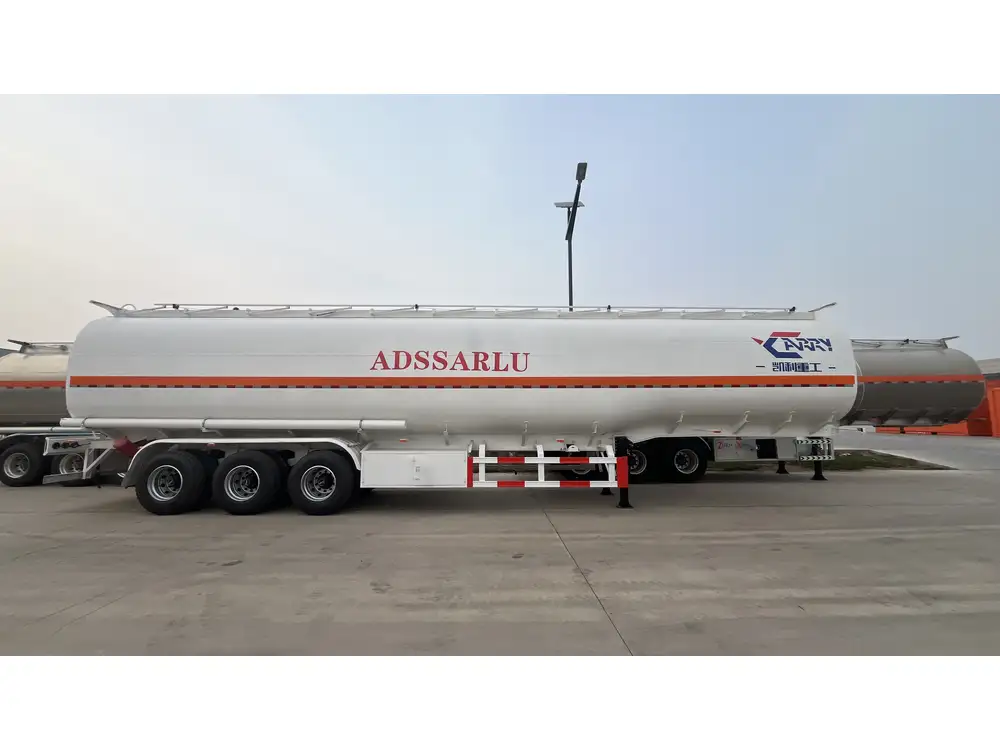
2. Resolving Clogs
- Plunge Effectively: Use a dedicated RV plunger to dislodge blockages; ensure that it’s the right size for the RV plumbing system.
- Hot Water Approach: Running hot water through the system can aid in dissolving stubborn clogs, but avoid boiling water as it can damage plastic tanks.
3. Managing Odors
- Regular Vent Checks: Inspect and clean vent pipes to ensure they remain obstruction-free.
- Use Air Fresheners: Apply specially formulated RV air fresheners to combat odors, particularly if the trailer is not in frequent use.
Enhancing Black Tank Lifespan
To optimize the longevity of your black tank, consider the following practices:
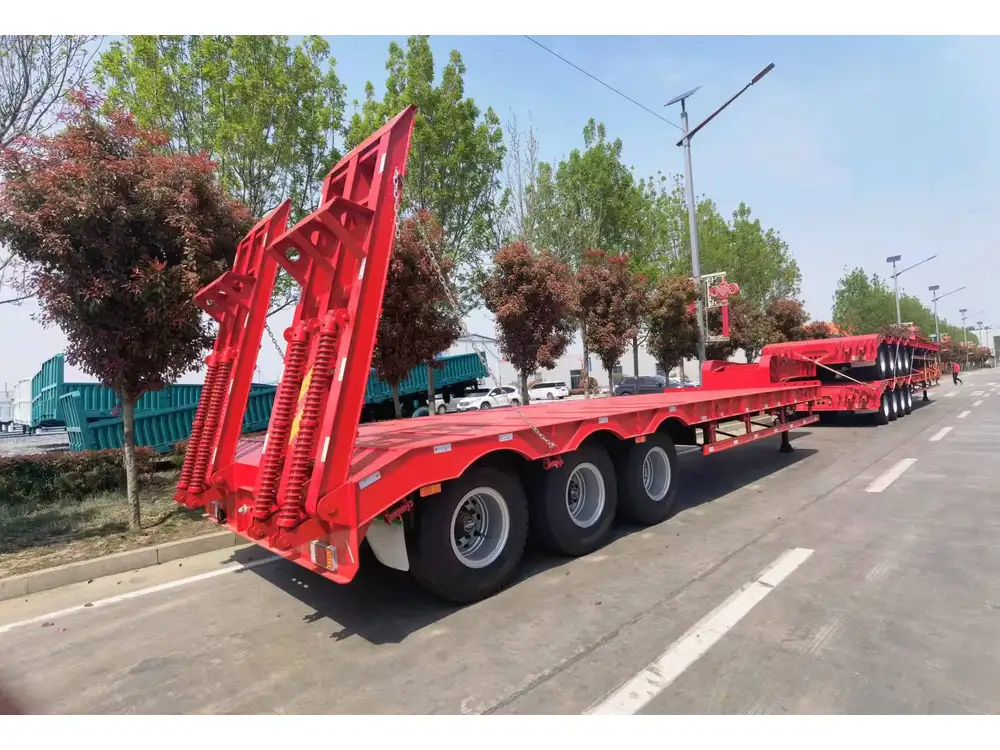
1. Avoiding Hazardous Materials
Carefully consider what is permissible to flush down the toilet:
- No Non-Biodegradable Items: Items such as wipes, feminine hygiene products, and other non-biodegradable materials should never be disposed of in your black tank.
- Biodegradable Cleaners: Use only RV-friendly, enzyme-based cleaners to avoid harming the tank’s integrity.
2. Temperature Considerations
Extreme temperatures can adversely affect your black tank, particularly in winter. Employ these strategies:
- Insulation: Wrap the black tank with insulation material designed for RV applications to combat freezing.
- Heating Pads: In extremely cold conditions, consider using heating pads to maintain a safe temperature for waste fluid.
Additional Considerations for Enhanced Functionality
Beyond mere support techniques, consider these additional factors that contribute to overall functionality:
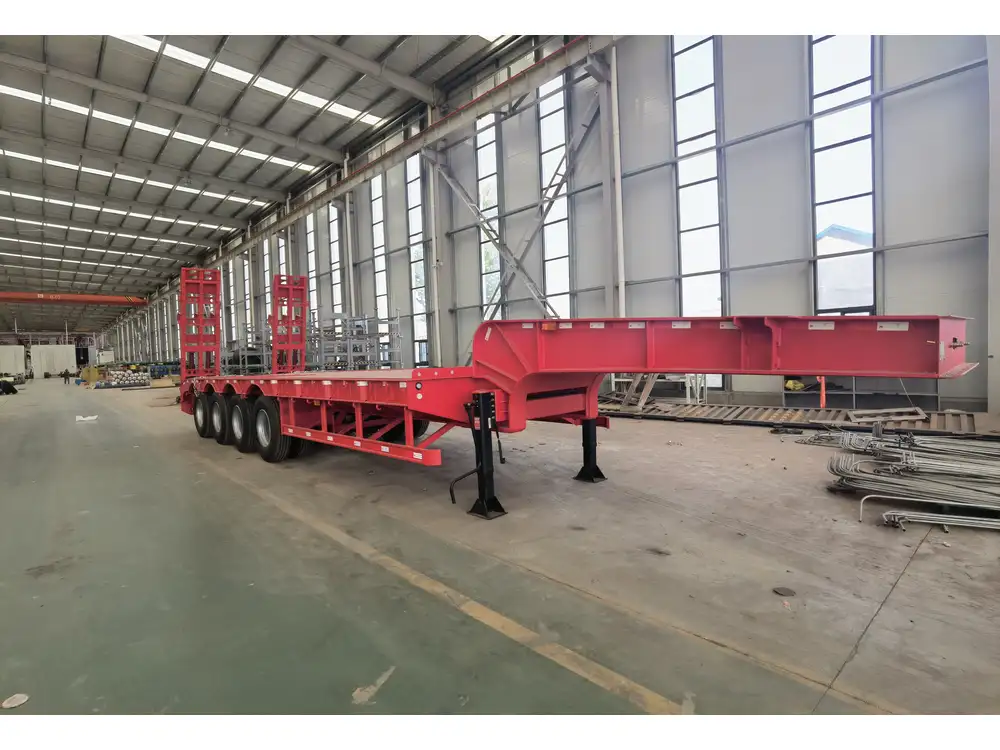
1. Chemical Treatment Use
The right chemical treatments can not only mitigate odors but also assist in waste breakdown. Here’s a brief overview:
| Treatment Type | Purpose | Recommended Use |
|---|---|---|
| Enzyme Treatments | Break down solid waste and toilet paper, reducing buildup. | Added before or after tank filling. |
| Odor Neutralizers | Control foul odors emanating from the tank. | Applied regularly, particularly before trips. |
2. Adopting Correct Disposal Practices
Understanding the proper disposal of black tank contents is vital:
- Visit Designated Dump Stations: Ensure you are utilizing facilities designed for RV waste disposal, following guidelines to maintain system integrity.
- Educate Fellow Travelers: Ensure that everyone using the RV is informed about proper disposal ethics to prevent misuse of the system.
Conclusion: Mastering Black Tank Support
Maintaining support for the black tank of a travel trailer is an ongoing process that interlinks with several aspects of RV usage and maintenance. By adopting a proactive approach that includes robust physical support, regular inspections, and maintaining efficient drainage and odor control systems, travel trailer owners can significantly enhance their RVing experience. This attention to detail not only prolongs the life of the black tank but also ensures hygienic conditions, promoting a comfortable and enjoyable traveling experience.
Embarking on your RV journeys with confidence means understanding and caring for your equipment, ensuring every adventure is both safe and efficient. By applying these strategies, you’ll be well on your way to mastering the art of black tank support in your travel trailer.



